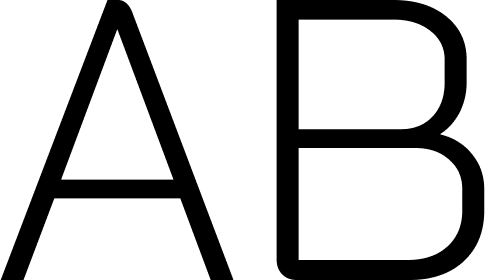About Amanda
What brought me to UX Design?
Becoming a UX/UI designer wasn't a linear journey for me. Back in high school I didn't even know UX/UI design existed!

I'd always loved art and science, but I found myself having to pick which one I wanted to continue with.
About Amanda
What brought me to UX Design?

About Amanda
What brought me to UX Design?
Becoming a UX/UI designer wasn't a linear journey for me. Back in high school I didn't even know UX/UI design existed!
I'd always loved art and science, but I found myself having to pick which one I wanted to continue with.
About Amanda
What brought me to UX Design?
Becoming a UX/UI designer wasn't a linear journey for me. Back in high school I didn't even know UX/UI design existed!

I'd always loved art and science, but I found myself having to pick which one I wanted to continue with.
About Amanda
What brought me to UX Design?
Becoming a UX/UI designer wasn't a linear journey for me. Back in high school I didn't even know UX/UI design existed!

I'd always loved art and science, but I found myself having to pick which one I wanted to continue with.





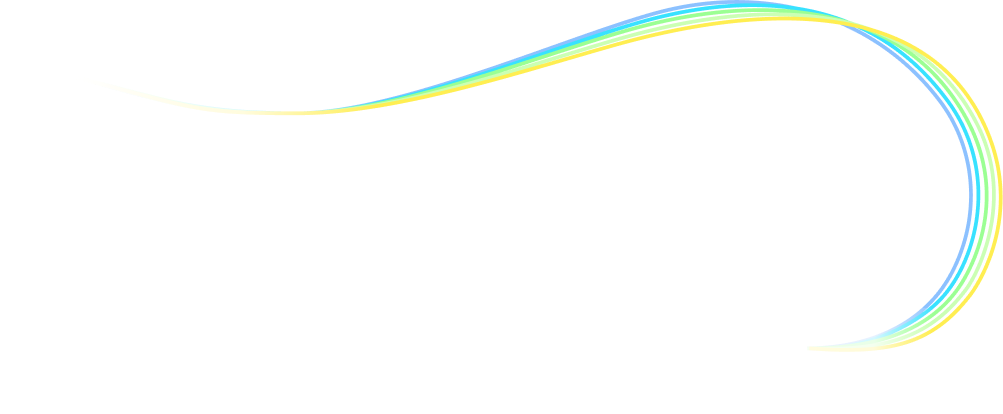
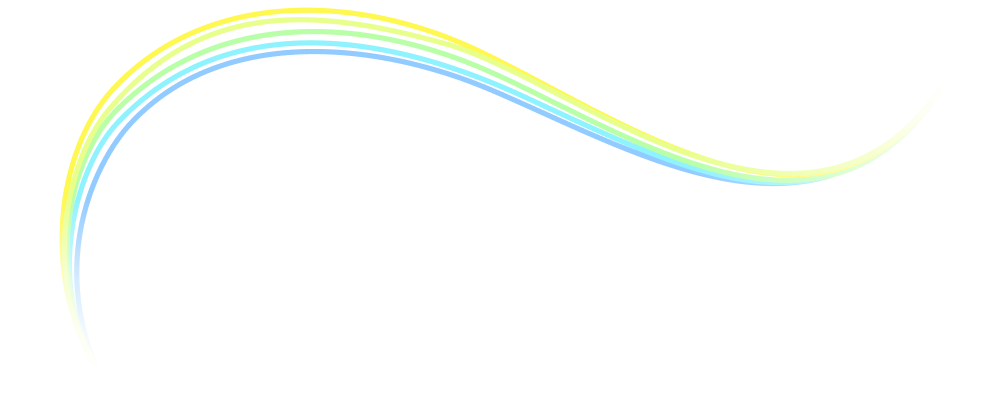
After graduating, I became a pharmacy assistant to see if working in a pharmacy would be something I enjoyed.
I decided to go to the University of Toronto, majored in chemistry and did minors in biology and psychology!





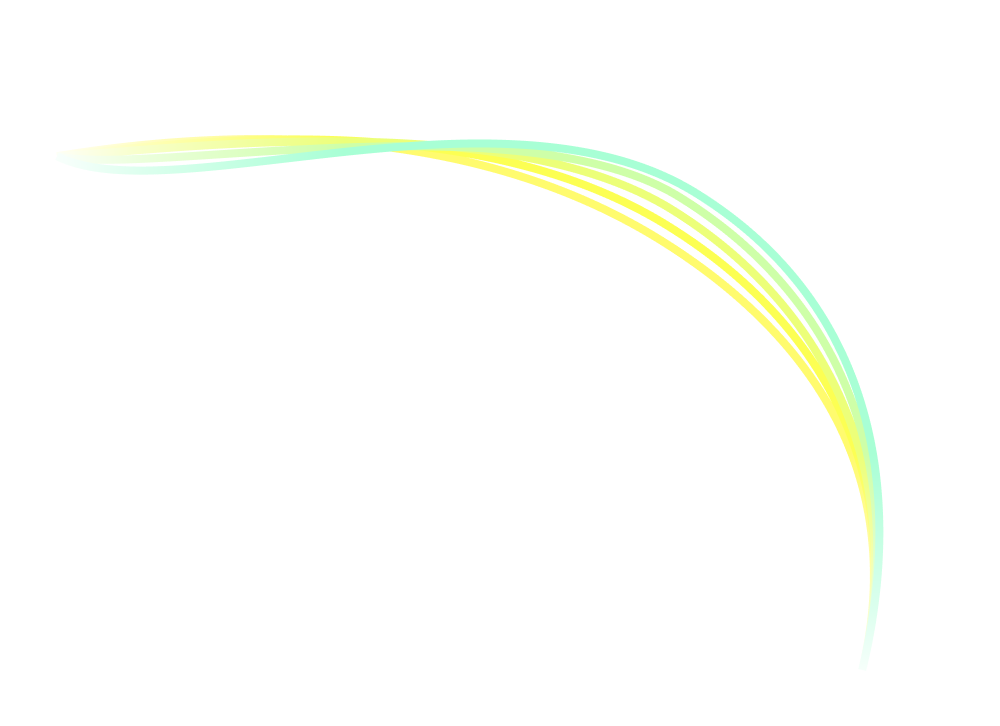
I found that though I loved helping people, I wanted a career where I could express my thoughts and creative ideas.
So I found a career that merged the two, UX design! Fast forward, and I completed a UX/UI design bootcamp at the University of Toronto School of Continuing Studies!


How do I view design?
How do I solve problems?
What's my method/strategy?
?
?
What if they're not like their profile?
?
?
?
?
?
Should I approach them?
?
?
?
?
?
?
?
?
Are they even a real person??
?
?
?
What's my method?
Before entering the design field, I thought it was all about creativity. What surprised me was how much it relies on research, empathy, and problem-solving, skills I had already been developing for years in healthcare and during my life sciences degree.
The methods in problem solving are so similar. Take chemistry for instance; to figure out the product of two chemicals, you have to use critical thinking and understand which bonds will break, which will form, and why.



It’s like predicting the future, but basing your prediction off of logic and reasoning, which is exactly what good design needs. It requires good decision-making, good reasoning, and a good understanding of the chemicals, or in this case, the user!
Research allows designers to understand users' needs, but empathy is key to understanding users deeply. Empathy drives me to help people as much as I can as a pharmacy assistant, and I've realized that I put forth that same empathy in UX/UI design. This, combined with my background in science is what allows me to solve problems uniquely and effectively.

Research

Empathy

Background
To problem solve I use all the information I have available to figure out what action would be the most beneficial to the user, the business, and for developers. I'll come up with ideas, and think about the impact of each outcome. Then I'll implement the best ones and conduct user testing to see if what I thought was correct.
It’s like the scientific method, you create a hypothesis using logic and an understanding of everything available to you, then you test it to see if it’s right.
If it’s not, you iterate or go back to the drawing board, if it is, then you move forward!
Research
Empathize
+
Define
Ideate
Prototype
Test
Deliver
How do I view design?
How do I solve problems?
What's my method/strategy?
?
?
What if they're not like their profile?
?
?
?
?
?
Should I approach them?
?
?
?
?
?
?
?
?
Are they even a real person??
?
?
?




Research

Empathy

Background
But why do you feel that way?

Research
Empathize
+
Define
Ideate
Prototype
Test
Deliver
What's my method?
Before entering the design field, I thought it was all about creativity. What surprised me was how much it relies on research, empathy, and problem-solving, skills I had already been developing for years in healthcare and during my life sciences degree.
Research
In university I studied chemistry, biology, and psychology, and at the base of research for these subjects lies the scientific method. You create a hypothesis using logic and a deep understanding of everything the experiment involves, then you test it to see if it’s right. If it’s not, you go back to the drawing board, if it is, then you move forward!
I have practiced this method across multiple disciplines and learned that UX research uses the same approach. For instance, in chemistry, if you want to understand why two chemicals react, you learn about how bonds break, how they form, and why. In design, instead of chemicals, you strive to understand users, what pains them, how they feel, and why.

It's always what are you doing, never how are you doing...
I see, tell me more...

Empathy
I've learned that the key to understanding users is research, but I know the key to understanding users deeply, is empathy. This is what can differ between the sciences and design, however, there is a direct parallel between design and my work in health care. Empathy is what drives me to help people as much as I can as a pharmacy assistant. It allows me to be understanding and provide the best service to patients, and I put forth that same empathy towards users.



Metrics
There are also parallels when it comes to metrics. At Shoppers Drug Mart, the pharmacy I work at, metrics like patient satisfaction, wait times, and loyalty are tracked through weekly surveys and our pharmacy's software. The company reviews this data, provides feedback, and depends on us to improve results and give patient's the best experience.
I contribute to this by improving metrics through how I interact, solve problems, and make decisions. I focus on creating solutions that save patients time and energy while increasing retention and satisfaction scores. I make real-time decisions that reduce wait times, streamline workflows, and minimize error rates to help the business reach peak efficiency. As a UX designer, I bring that same mindset and experience to every project and work towards a delightful, smoother, and more user friendly experience that benefits the user, developers, and the business.
Problem Solving
Problem-solving runs across all the disciplines I've studied and is the core skill I use as a pharmacy assistant. From figuring out the product of two chemicals to understanding why a patient's insurance isn't working, all problems in these areas require logic and critical thinking, skills that I practice every day. I work at a high traffic pharmacy, and patients often greet me with "so I have a problem." In this work environment, I've learned to understand and solve problems accurately at the snap of a finger. Below are a few examples of my thought process when solving problems for patients.
When problem solving, I use all the information I have available to figure out what action would be the most beneficial for the patient, the pharmacy, and my coworker. For UX Design, that translates to figuring out what's most beneficial to the user, the business, and for developers. Overall, I brainstorm possible solutions, think about the impact of each outcome, implement the best ones, and conduct user testing to see if what can be improved. All of this is what give me a unique and advantageous method and perspective in the UX design field.
Research
Empathize
+
Define
Ideate
Test
Deliver

I decided to go to university for science, and completed my undergraduate degree at the University of Toronto!

From there, I became a pharmacy assistant to see if working in a pharmacy would be something I enjoyed.
I found that though I loved helping people, I wanted a career where I could express my thoughts and creative ideas.


So I found a career that merged the two, UX design! Fast forward, and I completed a UX/UI design bootcamp at the University of Toronto School of Continuing Studies!
I decided to go to university for science, and completed my undergraduate degree at the University of Toronto!


From there, I became a pharmacy assistant to see if working in a pharmacy would be something I enjoyed.
I found that though I loved helping people, I wanted a career where I could express my thoughts and creative ideas.


So I found a career that merged the two, UX design! Fast forward, and I completed a UX/UI design bootcamp at the University of Toronto School of Continuing Studies!
What are my skills?
I love being active!
What do I do for fun?
I love being active!



I love arts and crafts!
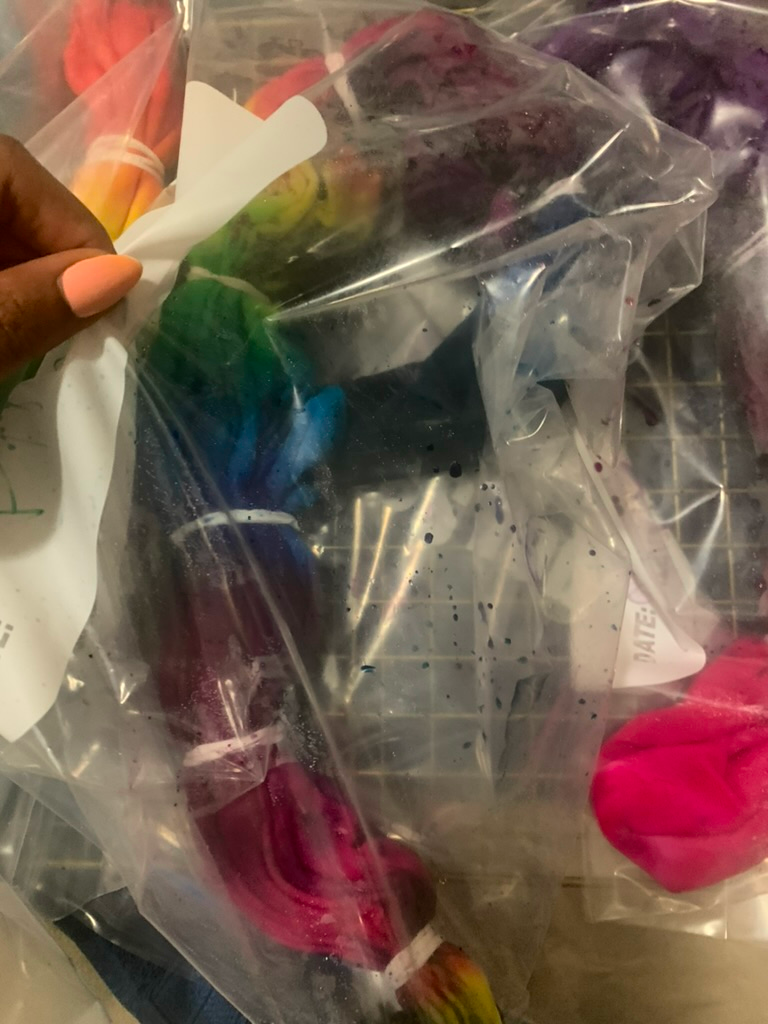
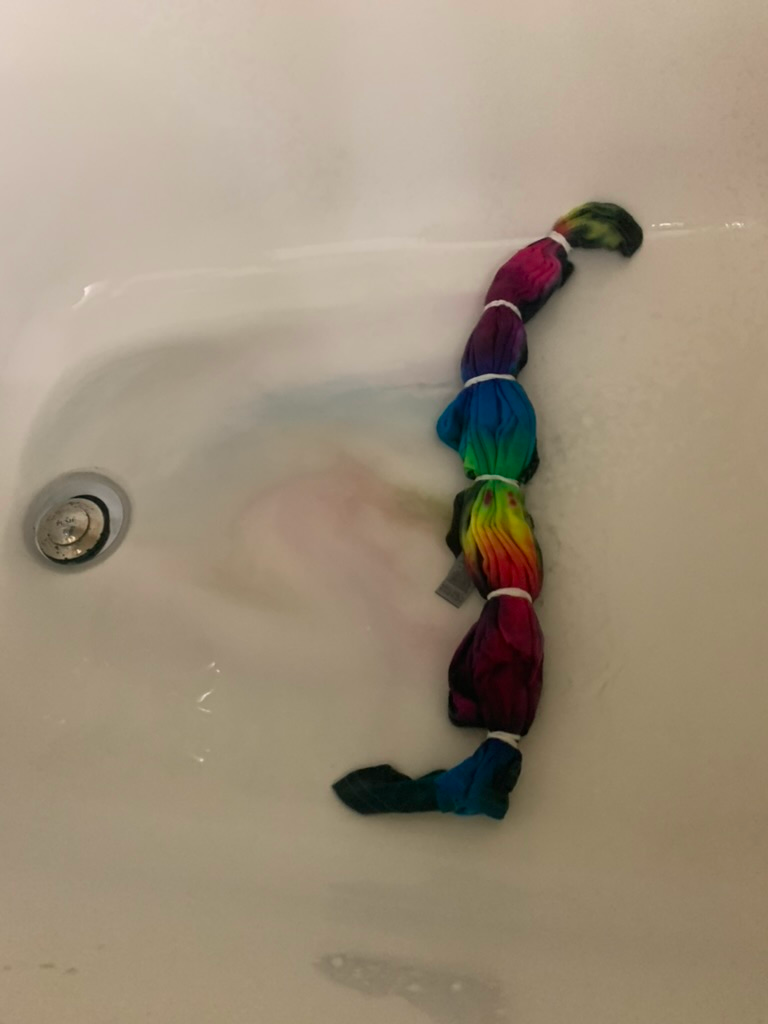

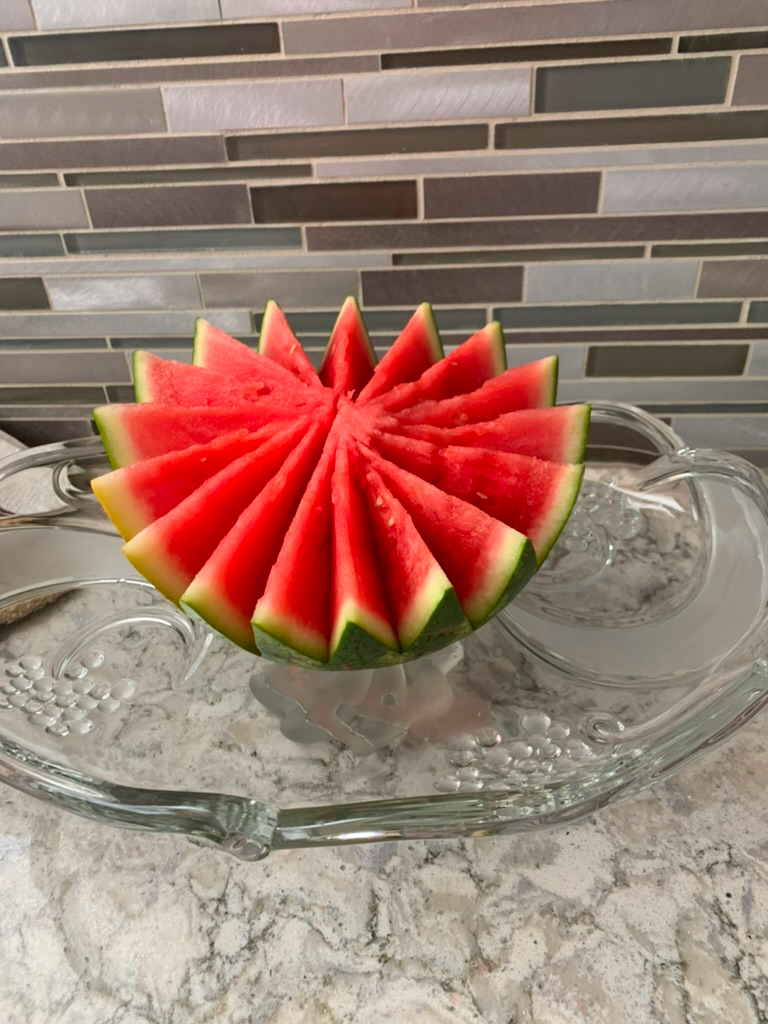
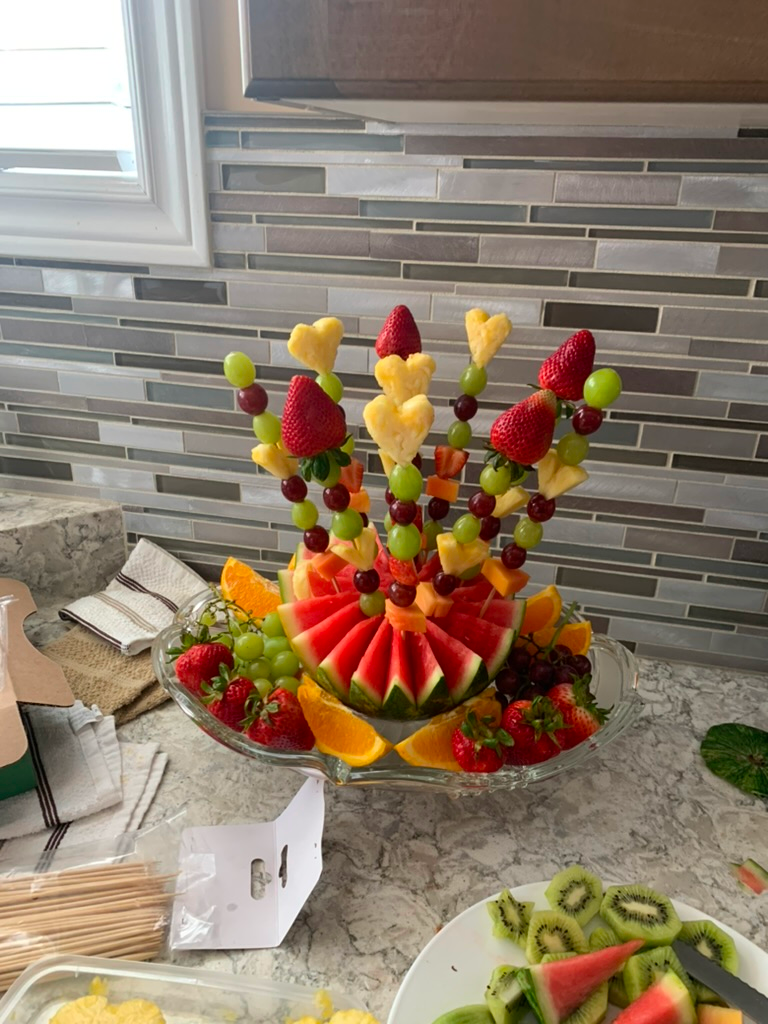
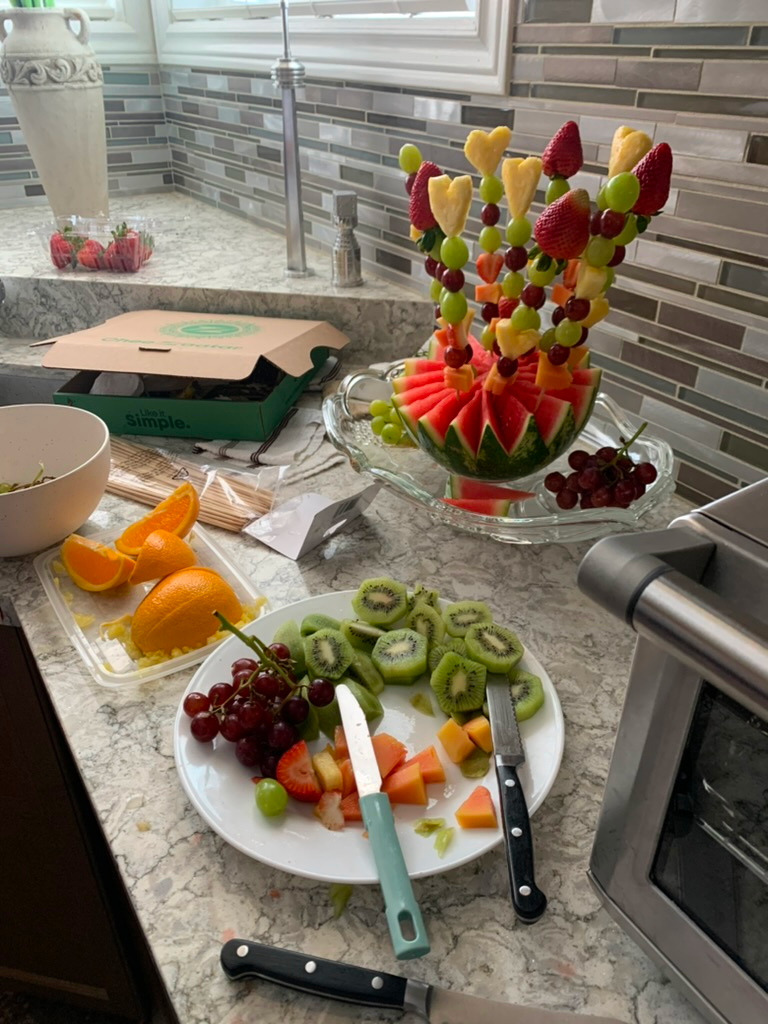
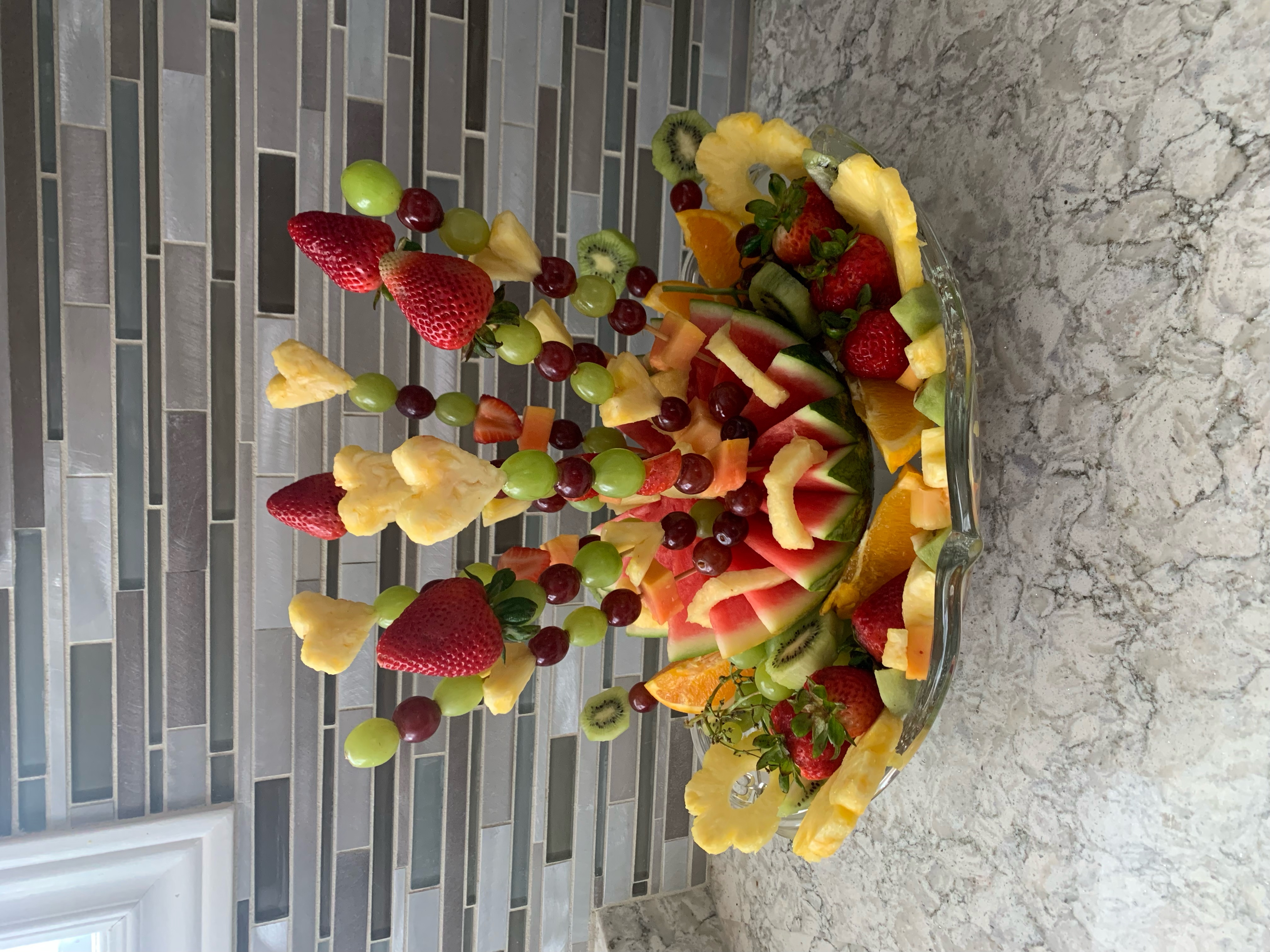
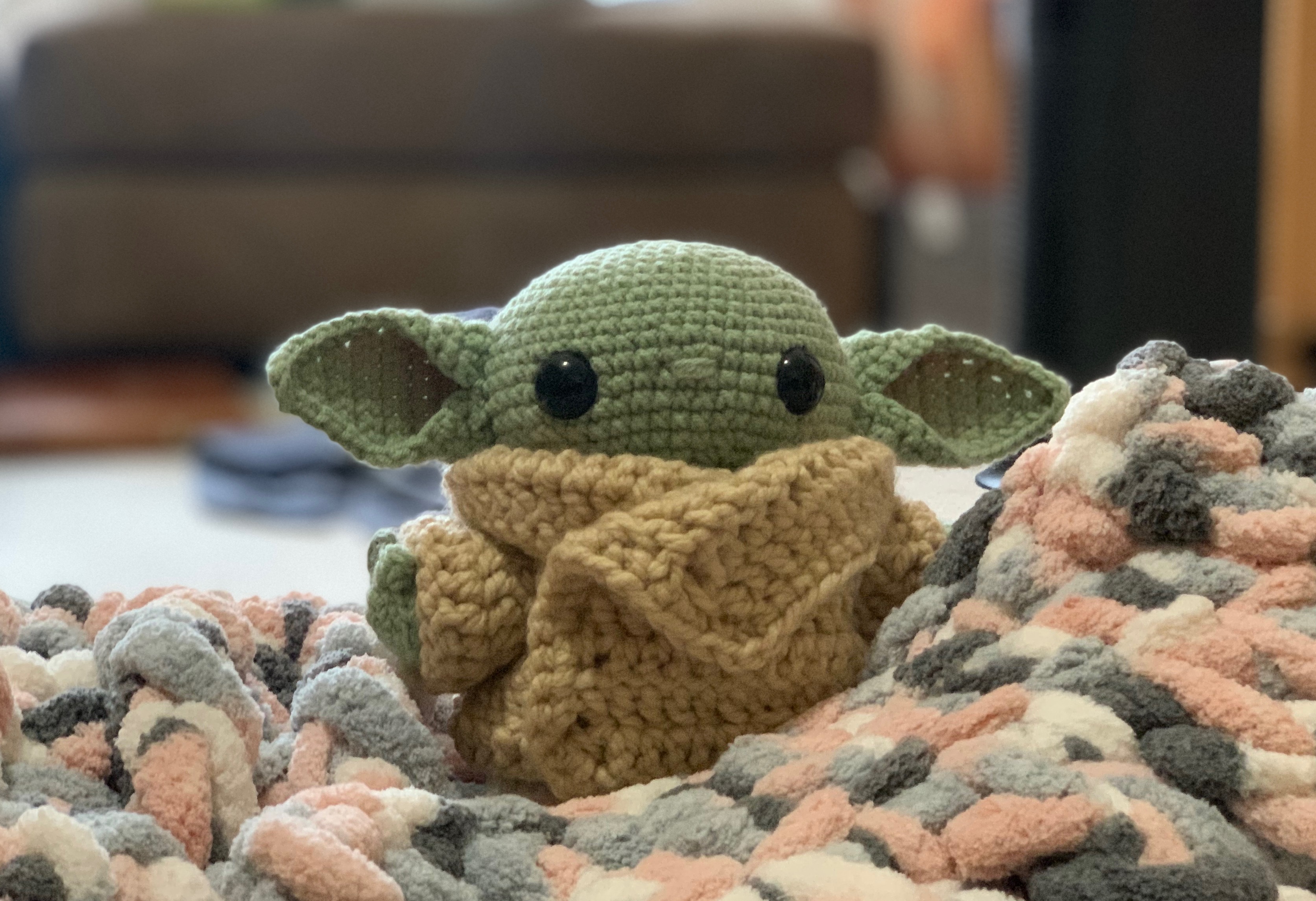
Something new?
I learned to crochet in 2024!
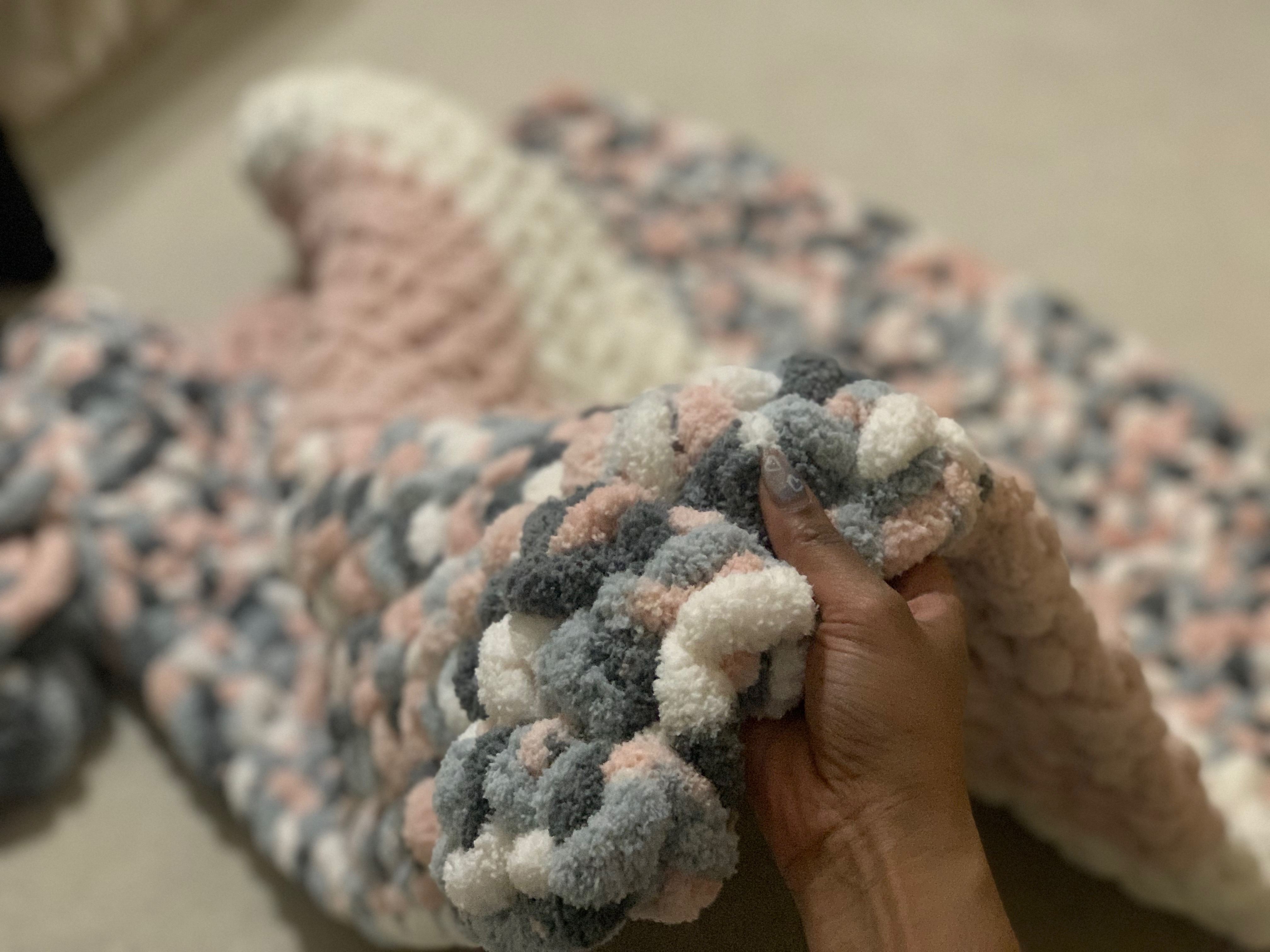
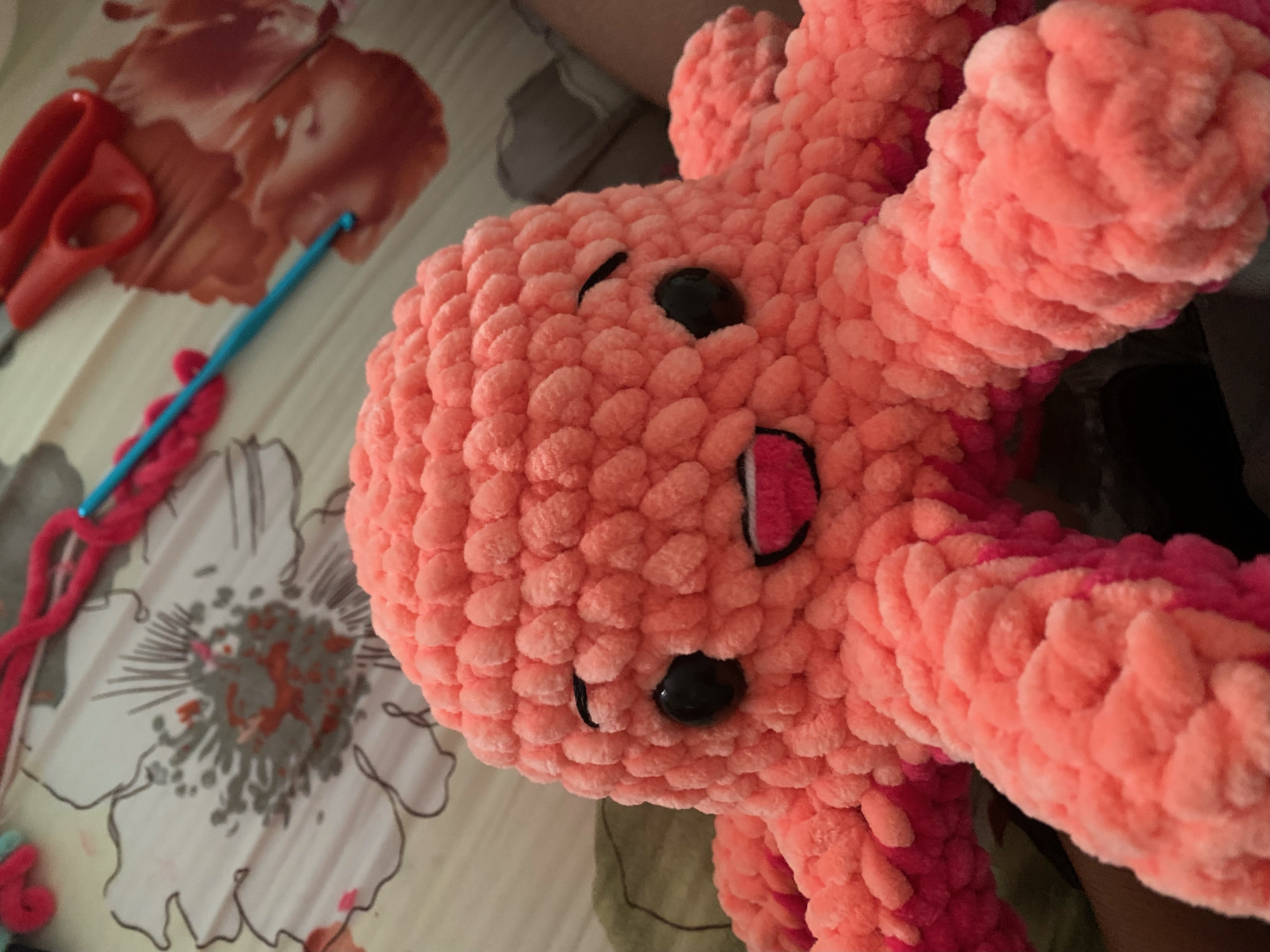
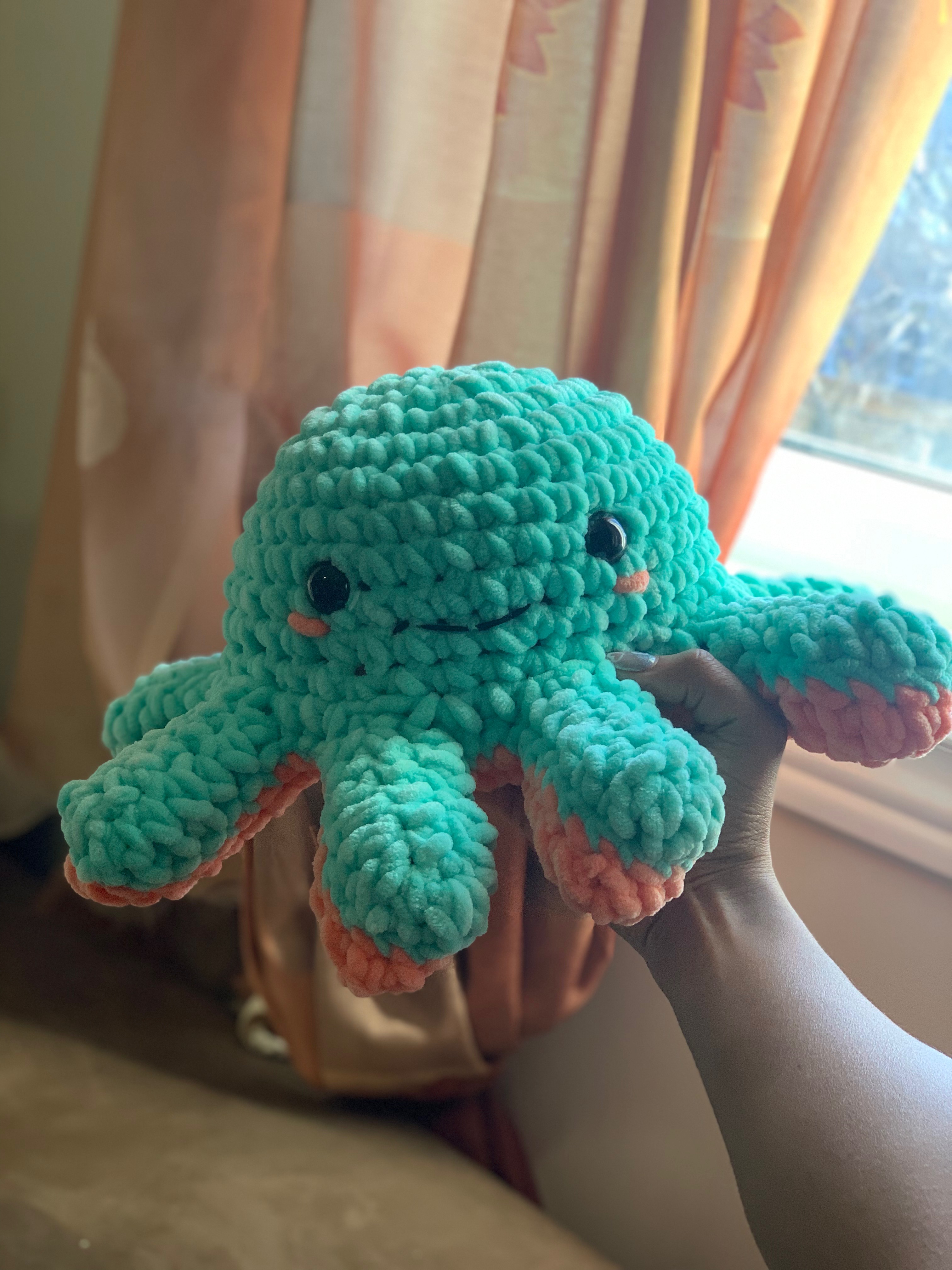
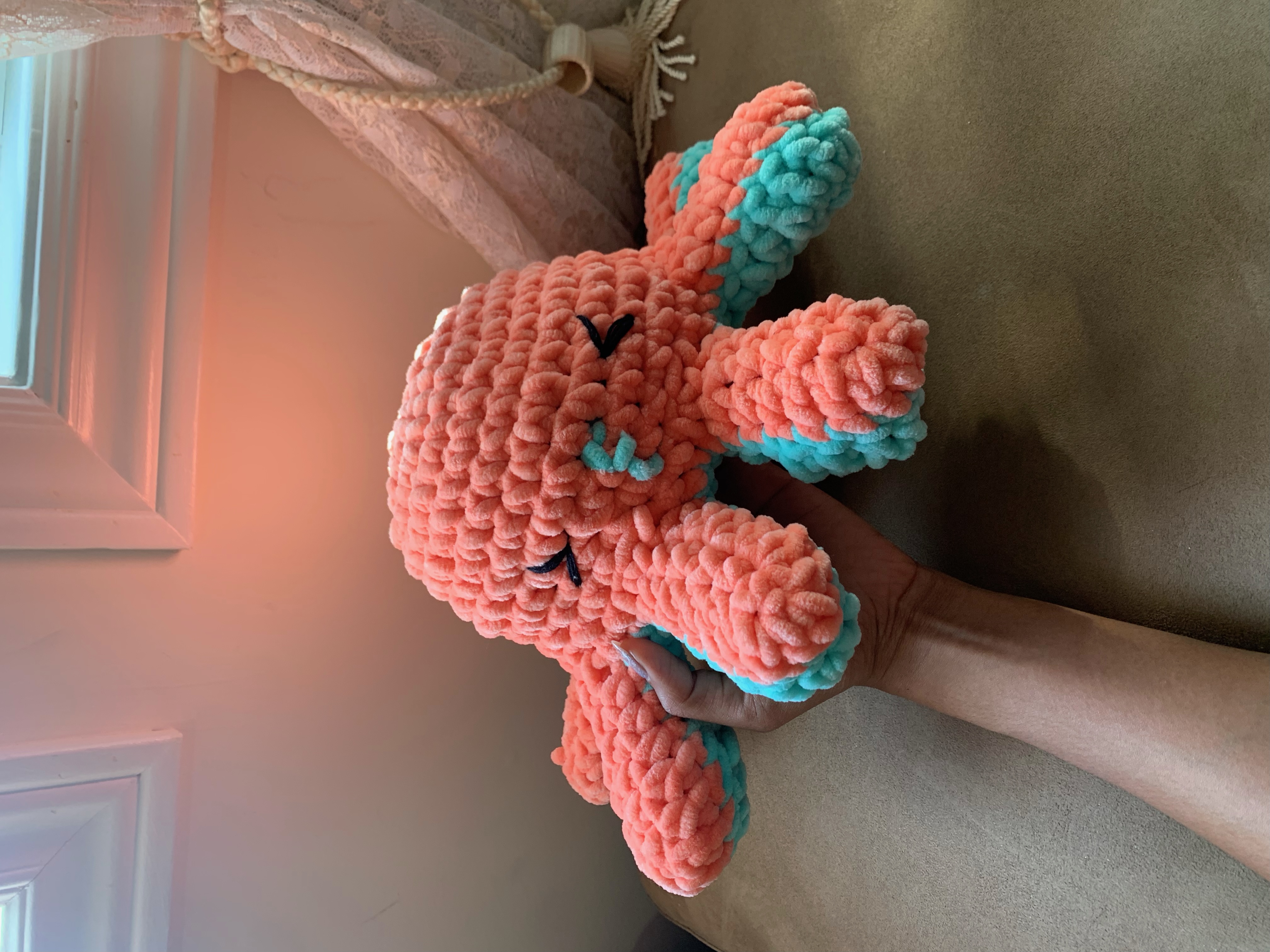
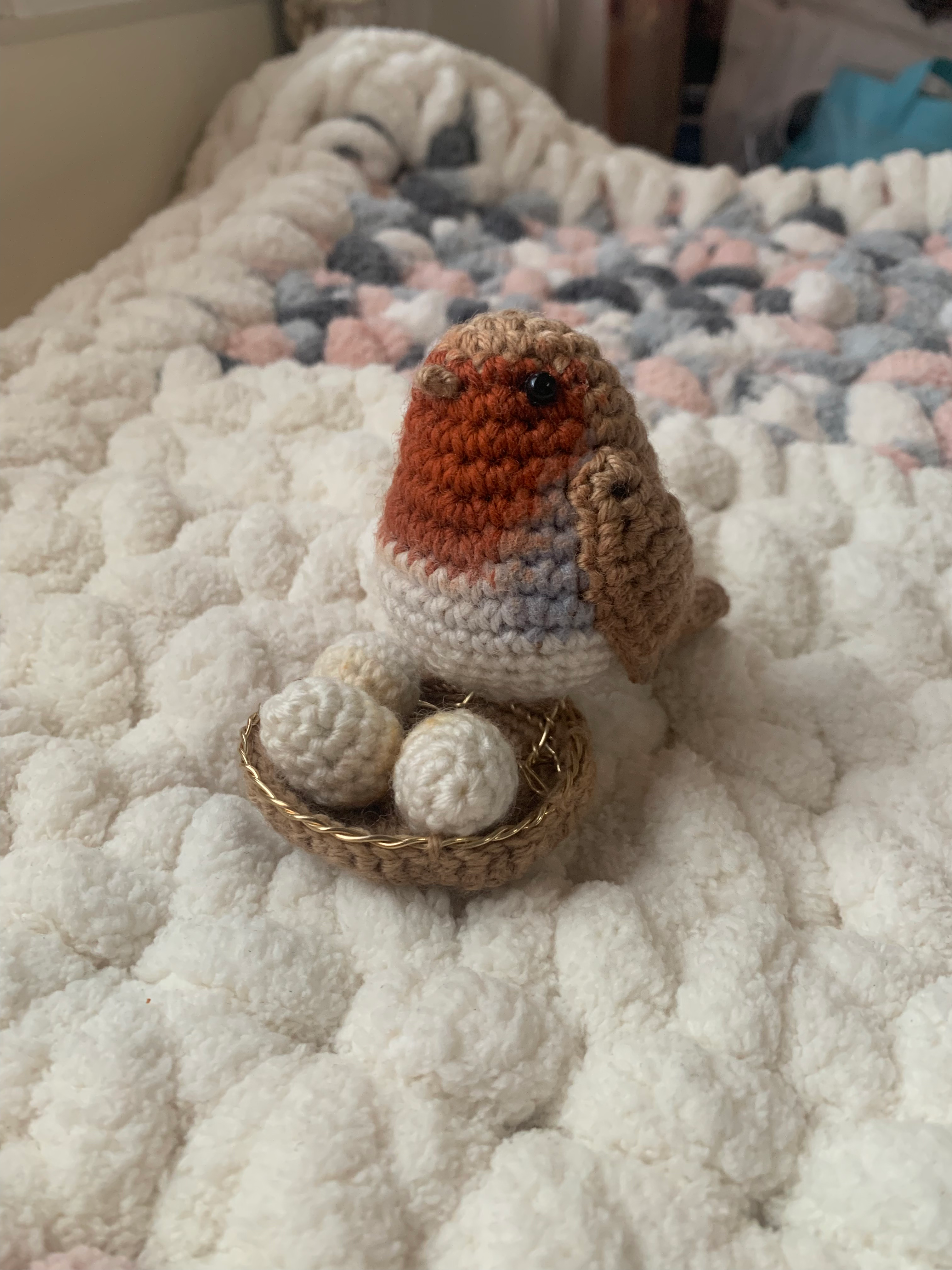


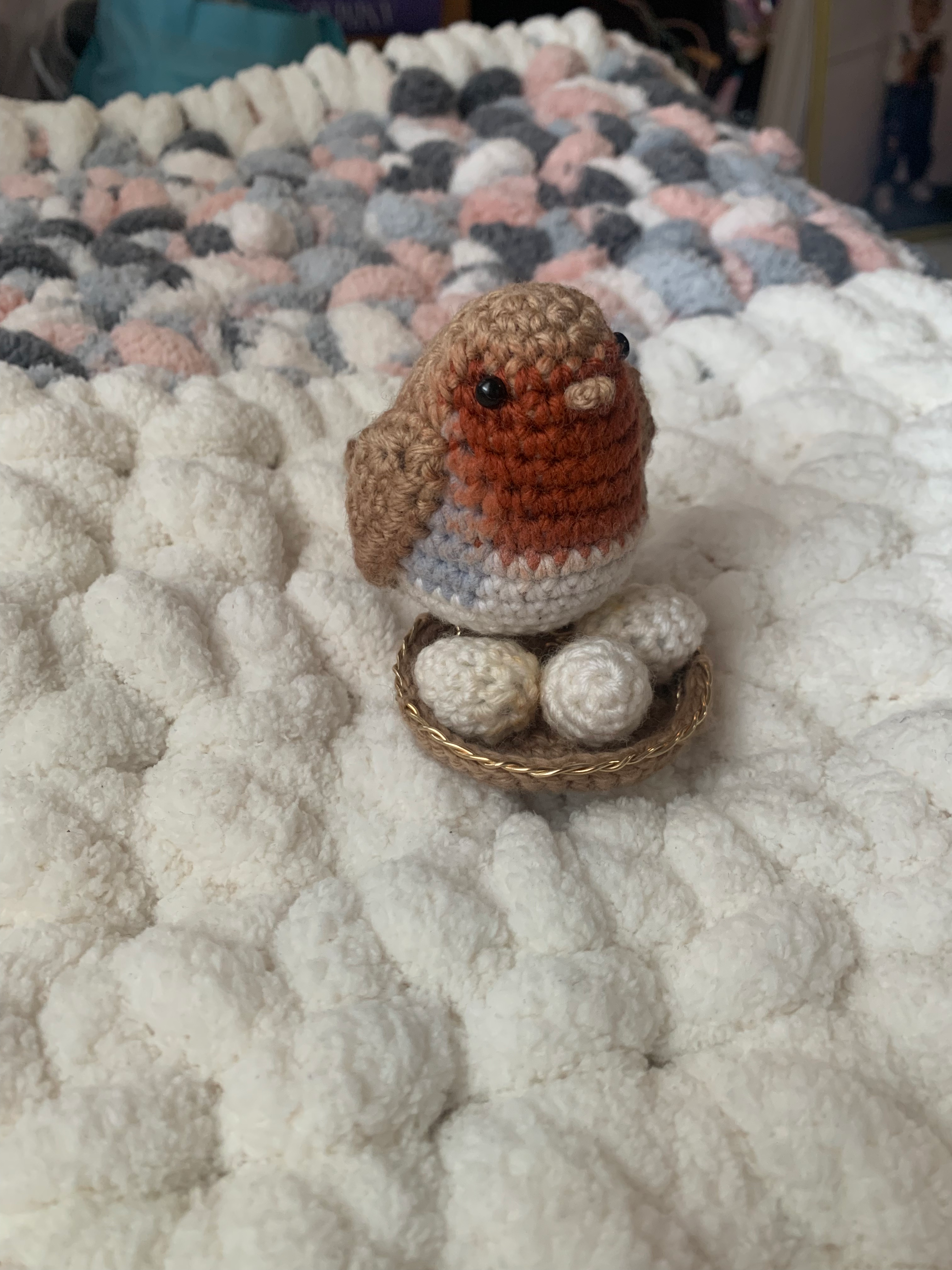
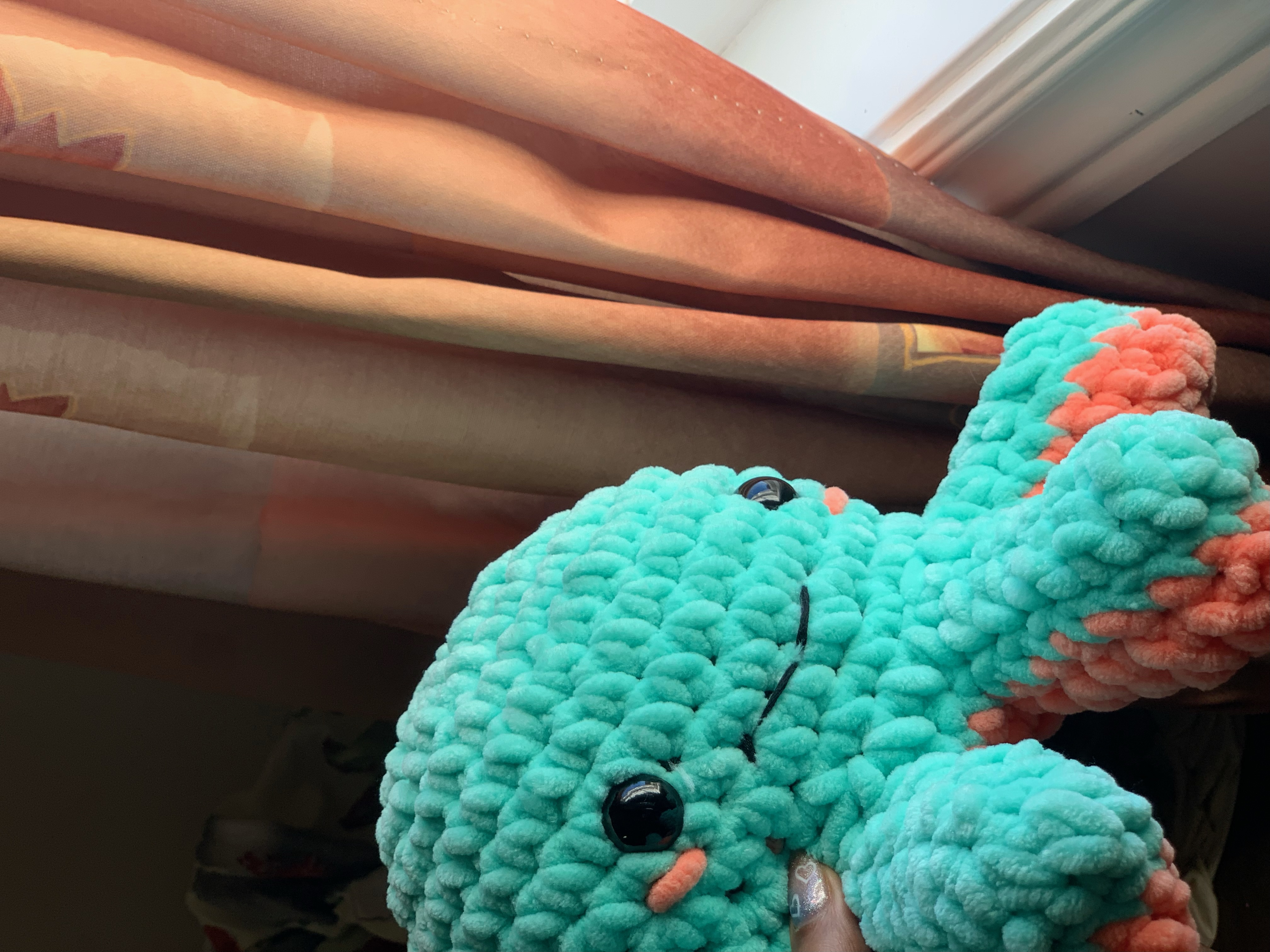
Lets Connect &
Talk Design!
Get in touch with me to discuss your project or ask any questions. I would love to hear from you!
Lets connect and talk design!
Get in touch with me to discuss your project
or ask any questions. I would love to hear
from you!
What do I do for fun?
I love being active!



I love arts and crafts!








Something new?
I learned to crochet in 2024!










